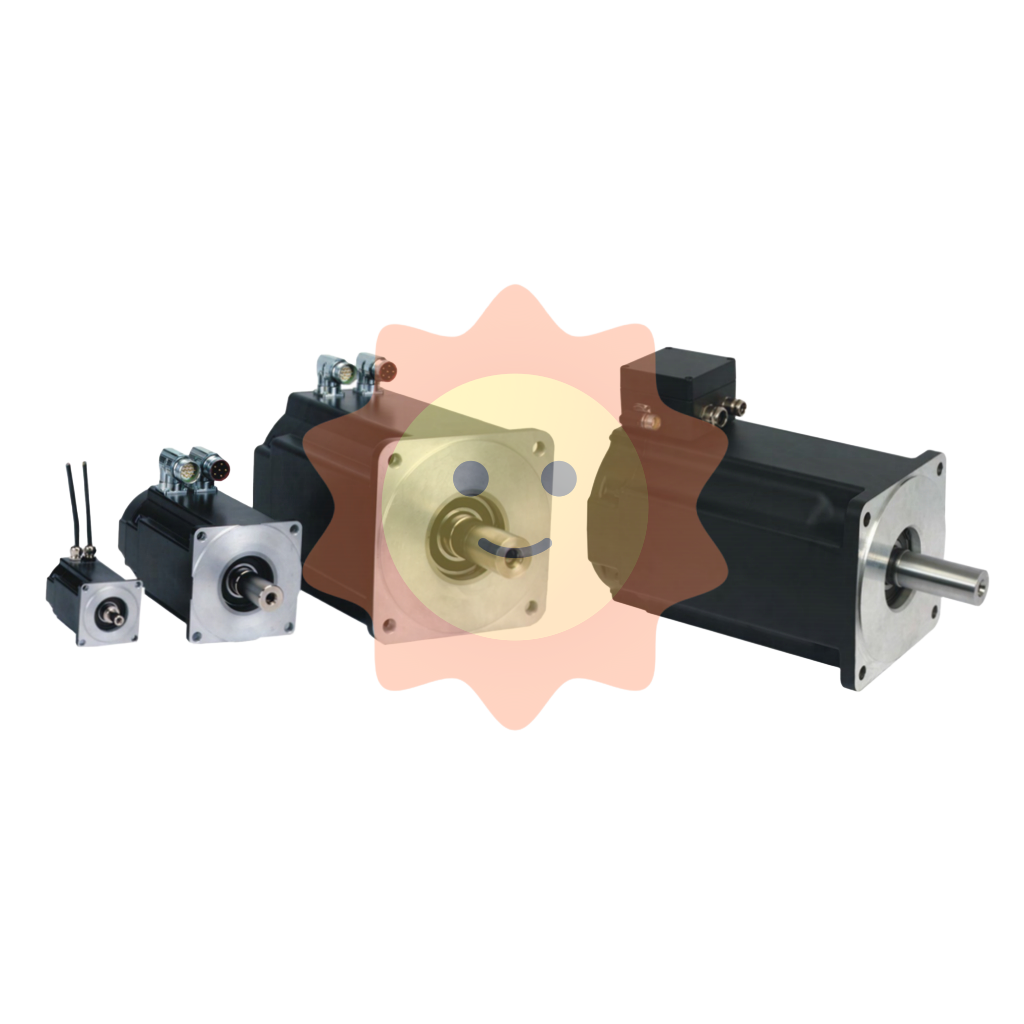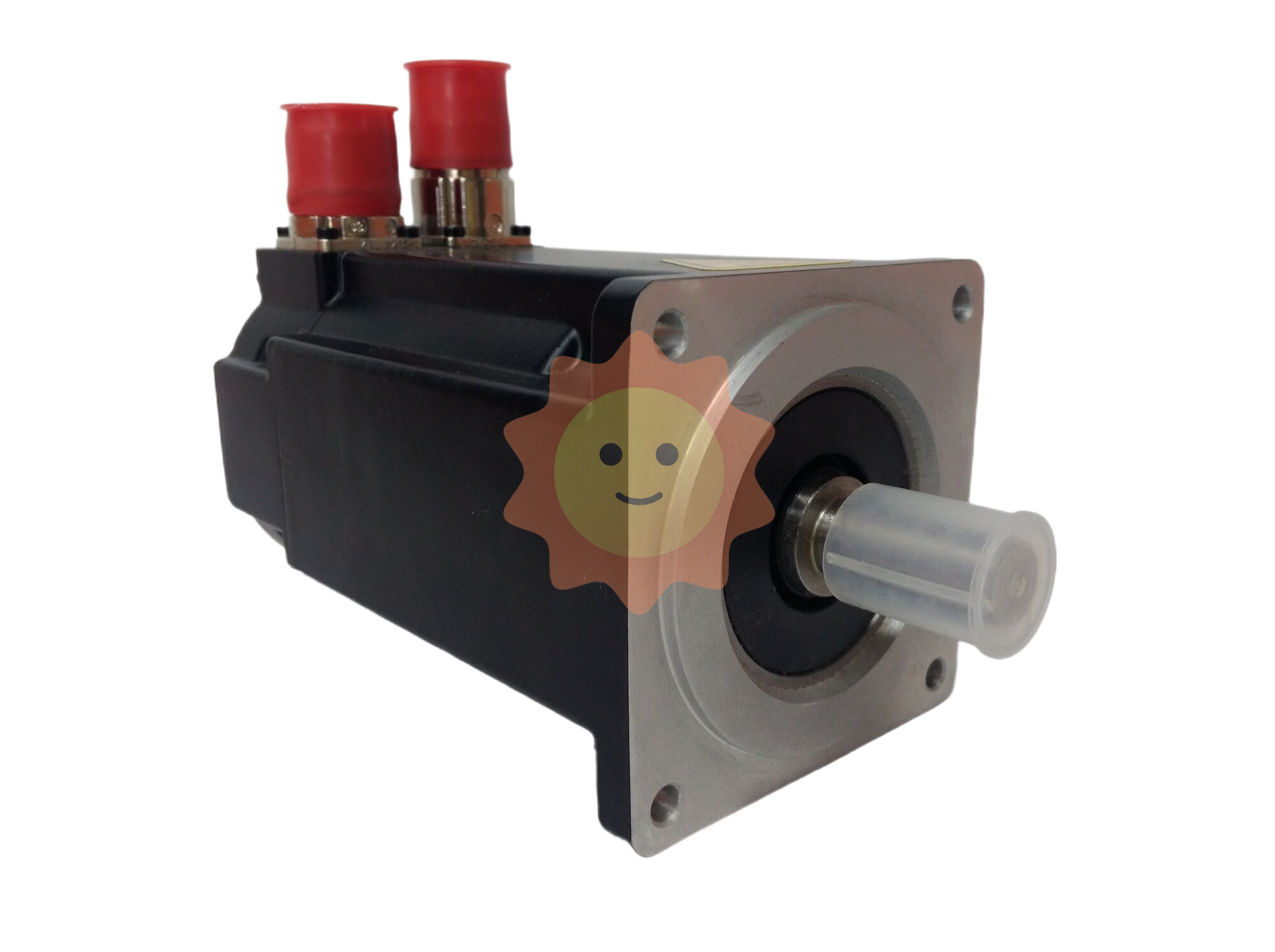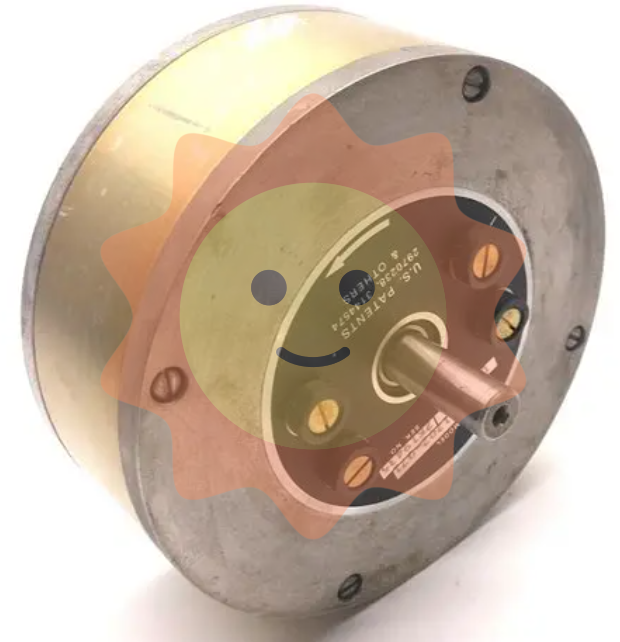The main technical development direction in the field of iron and steel metallurgy in China
In addition to using coal to gas as reducing agent, natural gas and hydrogen can also be used in a certain proportion for direct reduction in gas-base shaft furnace. In today's emphasis on reducing carbon emissions, increasing the proportion of hydrogen has become the development direction of direct reduction in gas-based shaft furnaces. Therefore, the transition from direct reduction of gas-based shaft furnace to hydrogen as the main reducing agent, so as to achieve a significant reduction of carbon dioxide, should be the main direction of efforts in the future.

3) Hydrogen direct reduction
Voestalpine has developed a long-term plan of up to 20 years to promote the development of hydrogen reduction technology, and the CO2 reduction target is set at 50%. In the first stage, the traditional BF converter long process steel plant in Austria will use gas-based shaft furnaces to directly reduce the iron hot press block HBI, while the natural gas gas-based shaft furnaces in the DRI plant in Texas, USA, will be replaced by hydrogen shaft furnaces (already 40% less than the use of coal and coke). In the second stage, it will take another 10-15 years to increase the use of hydrogen in the blast furnace and realize hydrogen as the main reducing agent, but it will not completely replace the pulverized coal and coke injection. Reduce CO2 emissions at source, rather than relying on capture and fixation technologies to reduce CO2 emissions. Pilot hydrogen production is currently underway, and the production process focusing on hydrogen reduction will be put into large-scale practical use around 2030. With the increase of CO2 emission reduction pressure, hydrogen reduction technology will be more and more attention by the steel industry, ushering in opportunities for vigorous development.
Research on hydrogen reduction technology, such as biomass reduction technology and nuclear hydrogen reduction process, should be the main development direction. Therefore, the source of low-cost hydrogen has become an important issue. Cooperation with the nuclear energy industry to carry out research on nuclear hydrogen reduction process should be an important direction.
4) Smelting reduction based on hydrogen metallurgy direct steelmaking
The chief professors of the steel metallurgy direction of the 2011 Steel Collaborative Innovation Center of Northeastern University proposed a design scheme of direct steel making based on hydrogen metallurgy. The scheme uses ultra-pure iron concentrate with cold impurity removal as raw material to achieve source emission reduction. By rapid hydrogen reduction at 1200℃ and high energy density iron bath melting reduction at 1600℃, ultra-pure molten steel was obtained. After continuous casting and rolling, high quality and high cleanliness steel materials are obtained. This process completely eliminates ironmaking, and realizes the continuous and integrated production mode of continuous charging, continuous steelmaking, continuous casting and continuous rolling, which simplifies the process and improves the production efficiency.
5) Carbon dioxide separation, collection, storage, utilization technology
It is expected that through this study, carbon emissions in the process of iron making can be greatly reduced by means of carbon dioxide recovery and storage, and the road of low carbon emissions can be stepped out.
3. Steelmaking technology
1) High efficiency desulfurization hot metal pretreatment technology
The high efficiency method of hot metal pretreatment with strong mixing and blowing was developed to reduce the sulfur content to a very low level in a short time.
2) New process of efficient refining of ladle bottom powder spraying
The technology of powder spraying at the bottom of ladle in the process of off-furnace refining was developed. The bottom spraying process has no iron loss, the stirring dynamic conditions are better than the top spraying, and the matching technology is mature and easy to realize. The transformation investment is low and the original process is not changed. The production platform of ultra-low sulfur clean steel can be established to obtain good sulfur removal effect.

3) Oxide metallurgy technology to manufacture large line energy welding steel
Using oxide metallurgy technology, we can develop carbon manganese steel, HSLA, high strength steel for high line energy welding. This technology is contrary to the traditional "pure purification" and "cleaning" idea, using the effective control of the properties of inclusions (distribution, composition and size, etc.) in the steelmaking process, to improve the organization of the steel in the subsequent solidification, rolling, cooling, and use process, so as to obtain the required organization and new properties, such as large line energy welding steel.
4) Uniform refinement control of microstructure of thick structural steel
The smelting process control implemented by oxide metallurgy technology is combined with the rolling and cooling control in the subsequent rolling process. On the basis of the smelting process control, certain final rolling temperature control and cooling rate control are implemented, and thick steel with full section (uniform) fine-crystallized structure can be obtained, with high strength toughness and high line energy welding performance. It can be used in the production of thick plate, heavy H-shaped steel, thick wall seamless steel pipe and so on.
- EMERSON
- Honeywell
- CTI
- Rolls-Royce
- General Electric
- Woodward
- Yaskawa
- xYCOM
- Motorola
- Siemens
- Rockwell
- ABB
- B&R
- HIMA
- Construction site
- electricity
- Automobile market
- PLC
- DCS
- Motor drivers
- VSD
- Implications
- cement
- CO2
- CEM
- methane
- Artificial intelligence
- Titanic
- Solar energy
- Hydrogen fuel cell
- Hydrogen and fuel cells
- Hydrogen and oxygen fuel cells
- tyre
- Chemical fiber
- dynamo
- corpuscle
- Pulp and paper
- printing
- fossil
- FANUC
- Food and beverage
- Life science
- Sewage treatment
- Personal care
- electricity
- boats
- infrastructure
- Automobile industry
- metallurgy
- Nuclear power generation
- Geothermal power generation
- Water and wastewater
- Infrastructure construction
- Mine hazard
- steel
- papermaking
- Natural gas industry
- Infrastructure construction
- Power and energy
- Rubber and plastic
- Renewable energy
- pharmacy
- mining
- Plastic industry
- Schneider
- Kongsberg
- NI
- Wind energy
- International petroleum
- International new energy network
- gas
- WATLOW
- ProSoft
- SEW
- wind
- ADVANCED
- Reliance
- YOKOGAWA
- TRICONEX
- FOXBORO
- METSO
- MAN
- Advantest
- ADVANCED
- ALSTOM
- Control Wave
- AB
- AMAT
- STUDER
- KONGSBERG
- MOTOROLA
- DANAHER MOTION
- Bently
- Galil
- EATON
- MOLEX
- Triconex
- DEIF
- B&W
- ZYGO
- Aerotech
- DANFOSS
- KOLLMORGEN
- Beijer
- Endress+Hauser
- MOOG
- KB


Email:wang@kongjiangauto.com
























































































